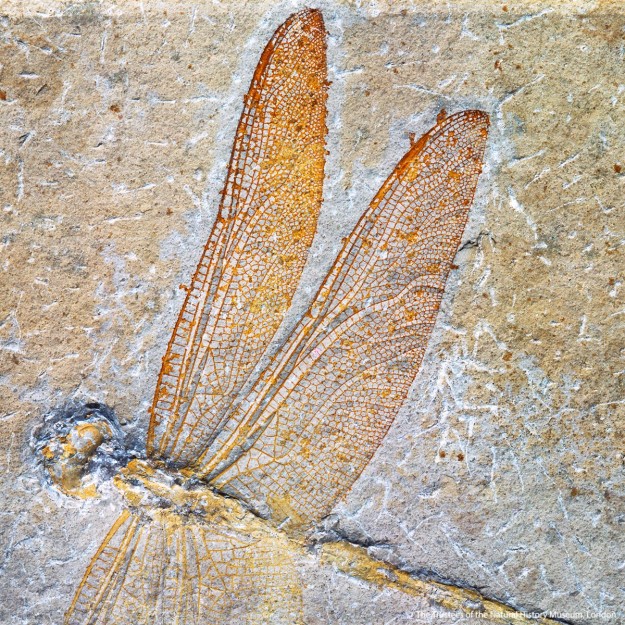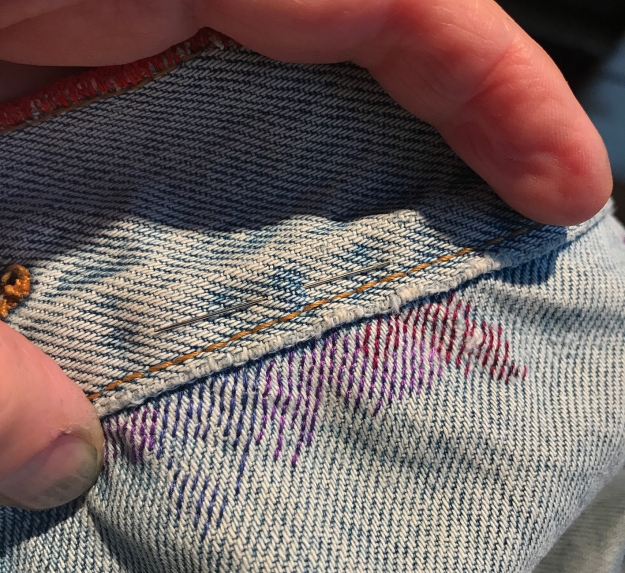Lynn deserved a gift for many reasons. She sent me gifts of fabric and yarn; no need to send her fabric or yarn, she has lots. Same is true of spinning fibre and fibre tools and books . Mand, more importantly, I wanted to send something of myself. A needlebook! What a brilliant idea! (Alternatively: how predictable!)

I’ve been making a lot of needlebooks lately. Sara Lamb spent a long time – years – trying to convince me that it was good to make things even if I’d never use them, but I didn’t get it. Until one day I did: if I want my hands to acquire a skill, I have to do that thing. That’s how we and our hands learn these things, by doing them.
Lynn sews, sometimes by hand. A needlebook might be useful as well as a decorative, tangible expression of my friendship. Lynn likes blue, she’s a hand spinner and weaver, so handspun and handwoven would be appropriate. I sorted through some of my most precious vintage Japanese textiles. We first met In Real Life at SOAR in Stephenie Gaustad’s handspinning cotton class (where I fell deeply and irrevocably in love with one of Alden Amos’ banjo charkas, but that’s another story best left untold), so there should be some of my own handspun cotton sashiko thread as well as handspun silk. Lynn’s an ecologist and natural historian, so the ammonite section button seemed perfect. I like skulls – and they’re a reminder of where we fragile beings come from and will end up – so bone skull beads on the handspun silk fingerloop braid closure.

The broad piece of turquoise silk on the spine is from a pack of remnant silk fabrics that arrived out of the blue one day (see what I did there?), a random gift from Lynn.
Book covers should be stiff, but not too stiff. Some needlebook makers use quilt batting, but I think spare fabric is more appropriate to the Japanese boro tradition. So the cover was assembled and stitched to a single piece of modern Japanese cotton

and that was then lined with another piece of vintage handspun, handwoven Japanese ikat fabric.
Needlebooks have pages, usually of felt or wool, perhaps because wool is perceived as less likely to hold moisture to rust the needles. I’m not sure about that, wool has a fabulous ability to hold moisture without feeling damp. Anyway, I wanted to use cotton because I needed something I could embroider. I thought immediately of Lynn when I came across this image of the Jurassic dragonfly Cymatophlebia longialata from the NatHisMus London on Facebook (can’t find it anywhere else).

In fact it was this image that spurred me to start stitching this needlebook. I couldn’t capture the delicacy and subtle shades of colour refracting from the stone, but I’m reasonably pleased with what I accomplished, given my level of skill. It’s worked on a piece of indigo cotton fabric used for Japanese martial arts clothing, edged with true buttonhole stitch in DMC cotton floss dyed in my ferrous sulphate indigo vat.

I don’t have a picture of the other side of the internal pages, but there’s a piece of fulled cashmere sweater just in case protein fibres are kinder to needles.
My mind understands that we’ve only ever had the illusion of control over our lives and the world we live in, but nonetheless over the last few years my heart and I have burned the midnight oil for hours, lying awake trying to work out how to keep everything I love safe and well. In the evenings my projects have become ever smaller and more complex as I am driven to control something, just ONE THING in my life.
I can control my stitches. I can put each stitch where I want it and as my needle passes through the fabric I can make that stitch a wish for better times. For me, for those I love, for those who use what I make. Lynn, I wish you well and happy.















































































